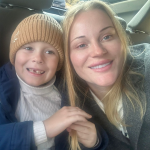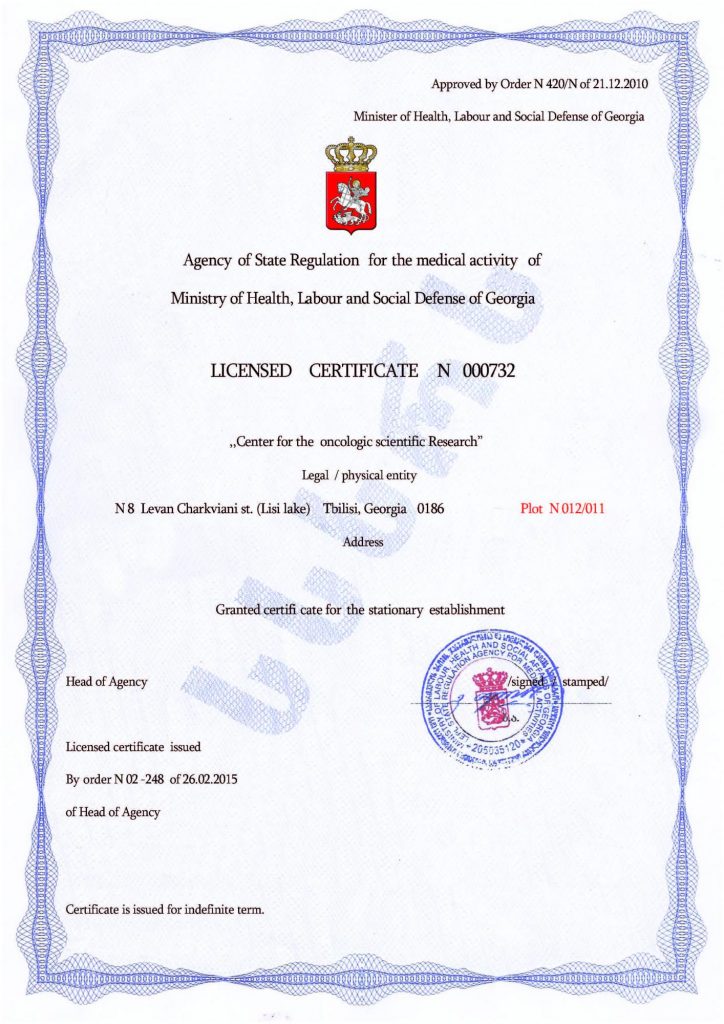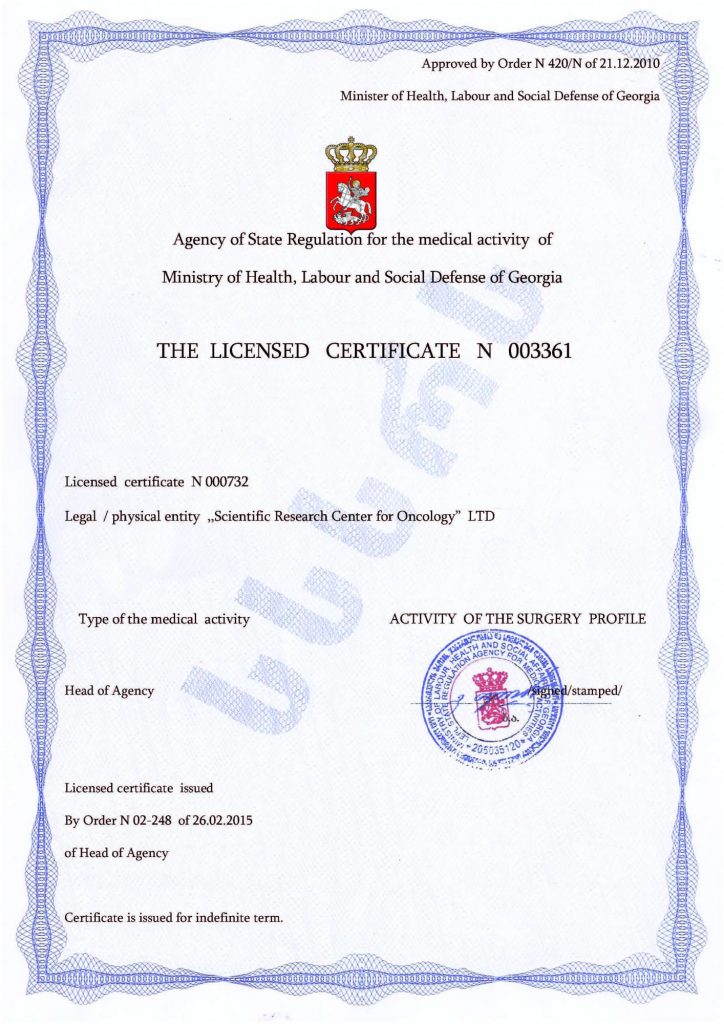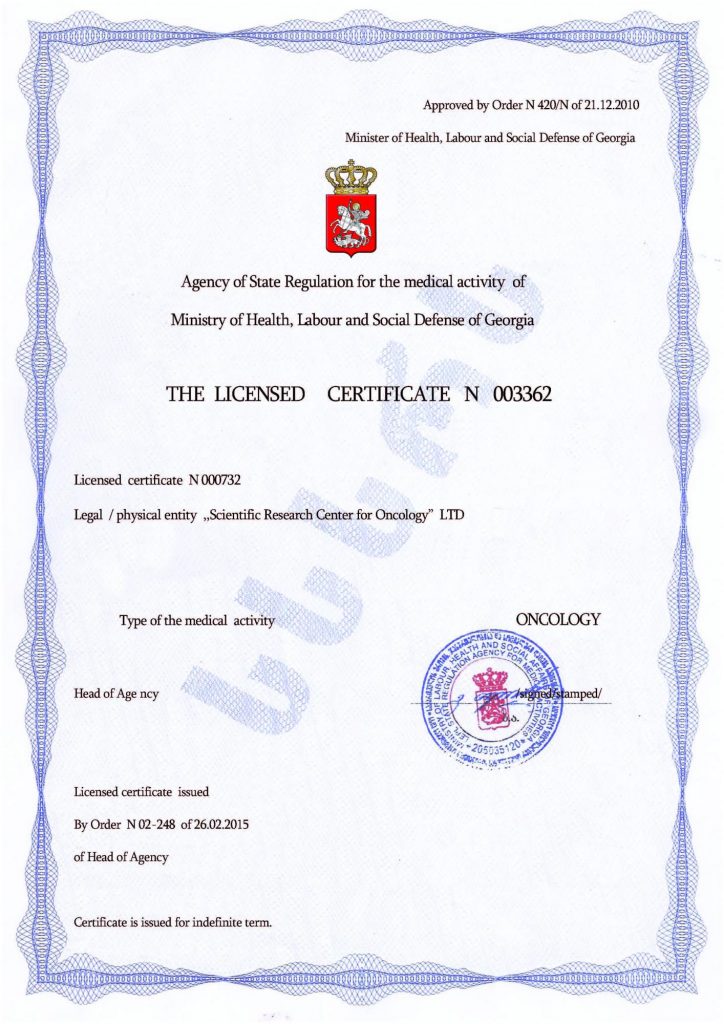Why Do People with Autism Love Excursions?
Every person has a natural desire to explore and learn something new. In this respect, autistic individuals are no exception, though each has unique needs—what excites one may cause stress for another. Still, excursions for children with neurodevelopmental disorders are often highly beneficial, thanks to several key factors.
- Autistic Individuals Often Seek Structure and Predictability, Which Excursions Can Easily Provide
• Excursions usually follow a pre-determined route, have clear timeframes, and a sequence of activities. This structured plan reduces anxiety often triggered by unexpected changes.
• Museums and zoos, for example, typically have clearer and more understandable behavior guidelines than free play during recess. Yet the need to follow these rules doesn’t make the experience more formal or less relaxing. - A Relatively Controlled Environment Allows Sensory Engagement Without Overload
• Excursions offer a rich but structured sensory experience through new visual stimuli, sounds, and sometimes smells or tactile sensations. For sensory-seeking children, this can be highly appealing.
• To avoid overload, children can take breaks to manage emotions. Unlike chaotic public settings, excursions offer quiet spaces, opportunities to focus on a single exhibit, or use earplugs and comfort items for self-regulation. Tour guides can also adjust their pace to match the child’s processing speed.
• It’s also important that museum exhibits or zoo animals are tangible, concrete subjects. These are often easier for autistic individuals to grasp than abstract concepts. - Special Interests Help Maintain Attention Over Long Periods
• Many autistic individuals have intense focus on specific topics like dinosaurs, space, animals, trains, or machines. A visit to a natural history museum or planetarium gives them a chance to encounter their passions in real life, sparking enthusiasm and motivation.
• Gaining new knowledge promotes intellectual development. Excursions provide specific facts and details that are especially valuable to children with an analytical mindset. - Excursions Teach Social Interaction with Less Pressure
• Since attention is focused on exhibits or the guide’s storytelling—not direct social contact—there is less need for spontaneous conversation or interpreting complex social cues.
• Having shared points of interest eases communication. Children can discuss what they see in a relaxed atmosphere that doesn’t trigger stress.
• Group excursions are especially beneficial, fostering a sense of belonging while allowing each child to absorb information individually. - Visual Support Enhances Understanding
• Visual elements help children absorb information not only through hearing but also by seeing objects, diagrams, and signs.
• Tangibility—being able to see or touch something (where allowed)—makes learning clearer than reading from a textbook or listening to a lecture. - A Well-Prepared Change in Routine Can Be a Positive Experience
• Leaving the usual environment (home or school) can be stimulating if the excursion is well-structured and thoughtfully planned. A child can perceive it as an adventure—just one with clear rules.
To ensure a successful excursion, it’s important to anticipate whether new places, sensory input like noise or smells, large crowds, or the trip itself might trigger an intense reaction.
Keys to Successful Preparation:
- Explain in advance what the child can expect—where they’re going, what they’ll see, how the day will unfold, and which rules to follow. Use social stories—short, illustrated descriptions of upcoming events. Include images or videos of the route and location, if possible.
• Create a visual schedule outlining the stages of the excursion.
• Prepare the child’s sensory system by warning about potential loud sounds. Bring earplugs, headphones, a comfort toy, water, and snacks.
• Go over behavioral expectations—what is allowed and what isn’t—to set clear rules and boundaries.
• Have an alternative plan in place that includes breaks or activity changes in case the child becomes overstimulated.
Structure, clarity, and the chance to explore interesting topics and new experiences in a controlled way make excursions a valuable, motivating, and less stressful method of learning and social development for autistic individuals—provided the experience is tailored to their individual needs and preferences. However, such activities do not provide a therapeutic effect that can eliminate the root of the challenges—autism spectrum disorder itself and its symptoms.
That goal—reducing or eliminating the symptoms of autism—can now be achieved in record time and with unprecedented effectiveness through cell therapy, an innovative approach that stimulates the body’s own healing power, making it the most natural method available. Its safety lies in the use of the patient’s own stem cells, which eliminates rejection from immune response.
Stem cells, which are the building blocks of all bodily tissues, can transform into any cell type. Through this process, they replace damaged cells with newly transformed, healthy ones.
As a result, brain and nervous system function is restored, behavior stabilizes, development accelerates, and autism symptoms become less pronounced or may disappear altogether. These changes last for many years—and in many cases, for life—eliminating the need for repeated treatment and enhancing the impact of complementary correctional measures.
Though developed only recently, cell therapy is no longer considered experimental—it is a widely recognized method that could soon become the standard. Leading clinics around the world now offer this therapy, including the Mardaleishvili Medical Center, where top-level physicians with extensive practical and research experience work with cutting-edge equipment to ensure optimal therapeutic outcomes and meet the highest standards of care.
Treatment costs are lower than in other countries with advanced healthcare systems, and the clinic also provides full support for planning travel and handling accommodation during the rehabilitation period.
Cell therapy — a way to discover the world in all its diversity!
Autism Treatment Center Videos
Autism treatment with own stem cells
Cord blood association congress
International Quality Crown
Autism Treatment Reviews
Autism treatment with own stem cells
The story of Alessandro (6 years old)
Autism Patient Testimonial - Stem Cell Treatment
Clients Testimonials

Review by Anastasia, mother of Yusup (8 years old) Read More

Feedback from Nathalie, mother of Andre (9 years old) Read More

Feedback from Yulia, mother of Emily (7 years old) Read More

Feedback by Everita, Katrina’s mother (5 years old) Read More
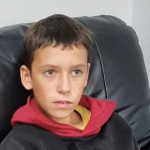
Feedback from Igor, David’s father (12 years old) Read More
